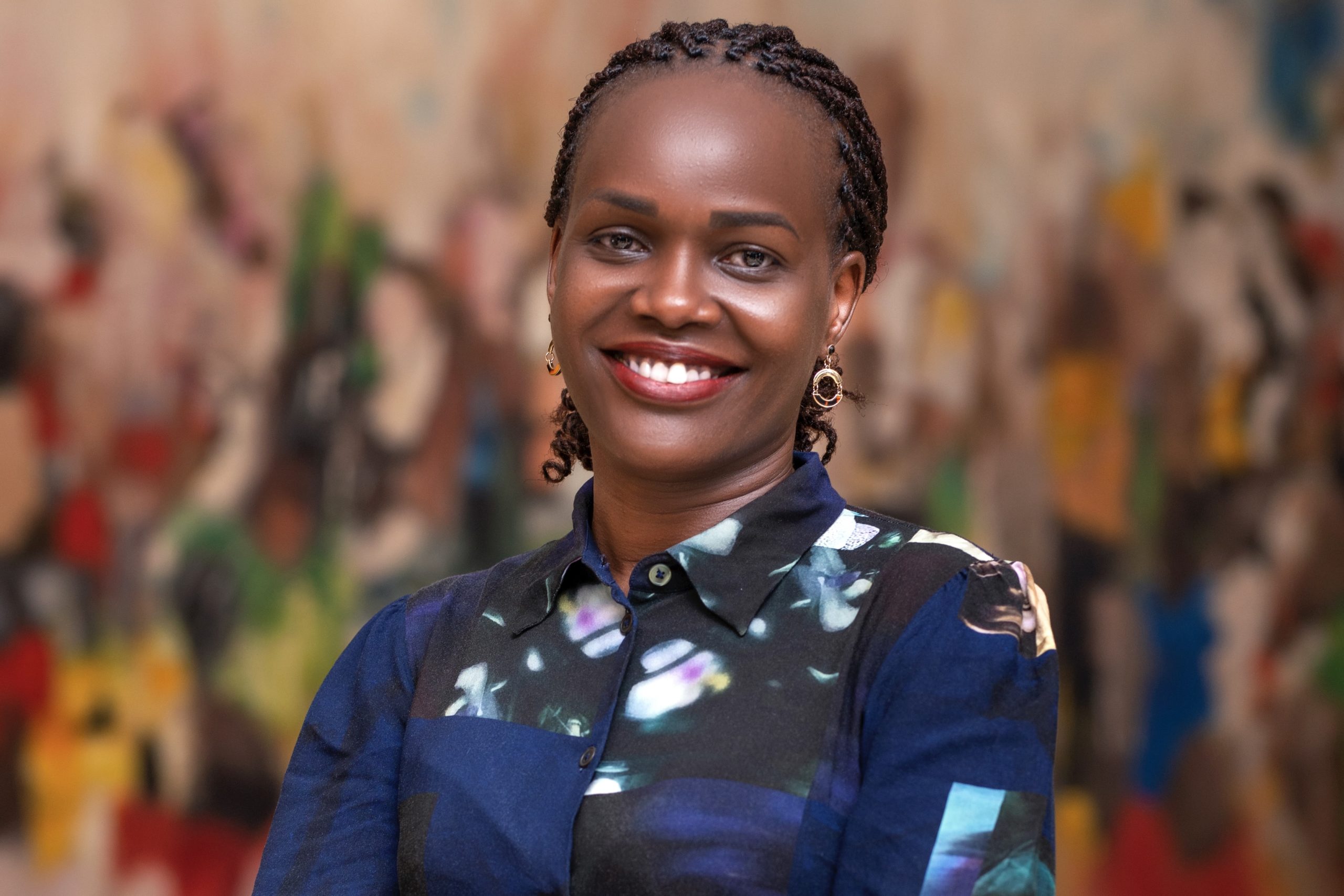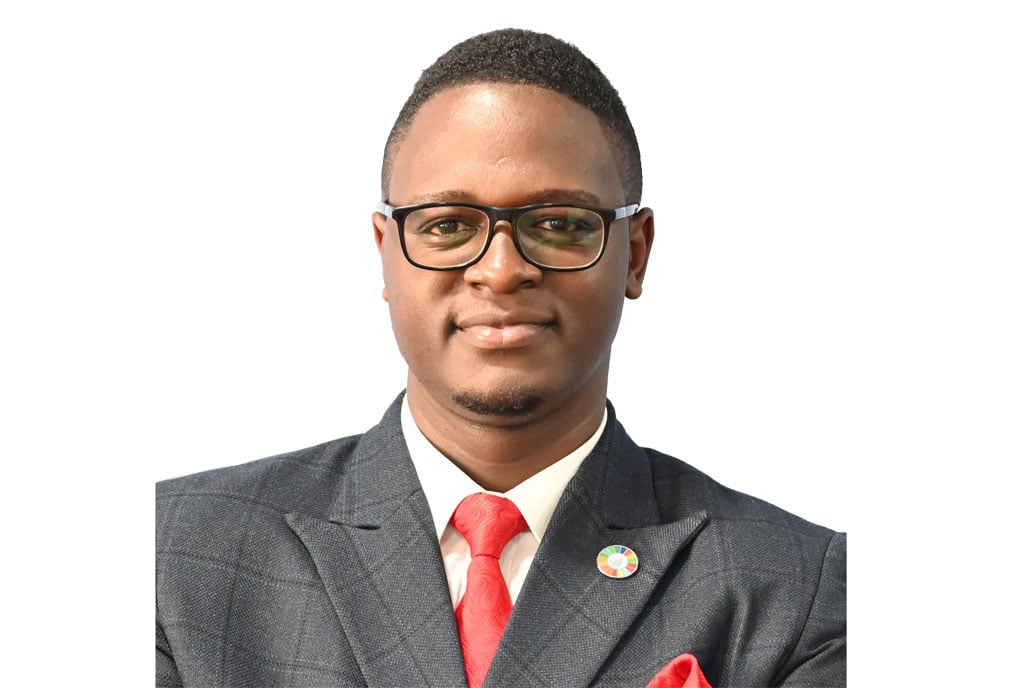Closing Africa's climate financing gap

Ms Patricia Ojangole
What you need to know:
- Currently, most of the climate financing in Africa comes from public actors.
Developing nations in Africa are grappling with substantial climate financing needs. According to the Climate Policy Initiative, African countries require around $250b annually to fulfil their Nationally Determined Contributions (NDCs) under the Paris Agreement.
However, current climate finance flows to the continent are a mere $30b annually, highlighting a significant financing gap that could widen if decisive action still needs to be taken.
As daunting as it seems, this funding shortfall can be addressed if national and regional development banks and other development finance institutions partner more closely with the private sector. By leveraging their deep understanding of local markets, development banks can serve as vital intermediaries between global capital markets and African countries, availing international climate finance to local entrepreneurs tackling mitigation and adaptation challenges across the continent.
Currently, most of the climate financing in Africa comes from public actors. The Climate Policy Initiative estimates that governments raised approximately $20b for climate investments in 2021, accounting for around 87 percent of total climate financing. However, given the scale of investments required and the constraints on public domestic resources, more than public funding is required. This highlights the crucial need to engage the private sector in climate finance efforts.
Attracting climate finance to Uganda
In Uganda, where the population is especially vulnerable to climate change due to the country's heavy reliance on rain-fed agriculture, among others, private investors have a significant untapped opportunity to enhance climate resilience.
Recognising this, the Uganda Development Bank (UDB) has become increasingly deliberate in its commitment to greening the nation's economy through strategic partnerships with the private sector.
The bank offers structured, unique green products—such as green loans, equity, partial credit guarantees, project preparation, and financial structuring—and leads the charge in mobilising climate finance from domestic and external sources through its Climate Finance Facility (CFF).
Since 2020, the bank has approved Shs309b worth of green projects, 82 percent of which were approved after the launch of the climate finance facility.
Going forward, the bank seeks to prepare, structure and invest in transformative green projects such as mass public transport system, waste management, renewable energy generation and distribution, as well as water transport.
To meet its climate goals outlined in the National Climate Change Policy, Uganda requires $194.5m (Shs709.3b) annually over the next 15 years.
A more significant share of Africa
COP29 dubbed the "Finance COP," is set to focus on adopting a new ambitious climate finance target. For the first time in 15 years, countries will reassess the amount and type of finance developing nations receive to support climate action. This exercise will lead to a new collective quantified goal (NCQG) on climate finance, replacing the previous $100b annual target established in 2009.
While the NCQG is not a panacea for all climate finance issues, it offers a unique opportunity for Africa, which currently receives a disproportionately low amount of climate finance compared with its needs.
To capitalise on the NCQG, African policymakers must establish clear and supportive policies and regulatory frameworks that encourage investments in climate-resilient projects. This will ensure the continent secures a more significant share of global climate finance once the NCQG is implemented.
Similarly, African countries must intensify efforts to integrate climate considerations into national development plans and incentivise private sector participation. This includes leveraging blended finance, which combines concessional finance from public sources with private investment to lower the overall cost of capital, reduce risks, and enhance returns for private investors.
Additionally, strengthening the capacity of local institutions to develop, implement, and manage climate projects is essential if Africa is to bridge the climate finance gap. This requires developing local capabilities to undertake project preparation and project development as well as execution, a move that will considerably enhance the bankability of climate-resilient projects.
Finally, African countries must enhance their ability to advocate for their interests more persuasively in global climate negotiations.
COP29 can serve as a platform to do precisely this, but Africa needs to speak in a unified voice, and, crucially, the world needs to listen and offer much-needed support.
The author, Ms Patricia Ojangole is the managing director of Uganda Development Bank Limited




